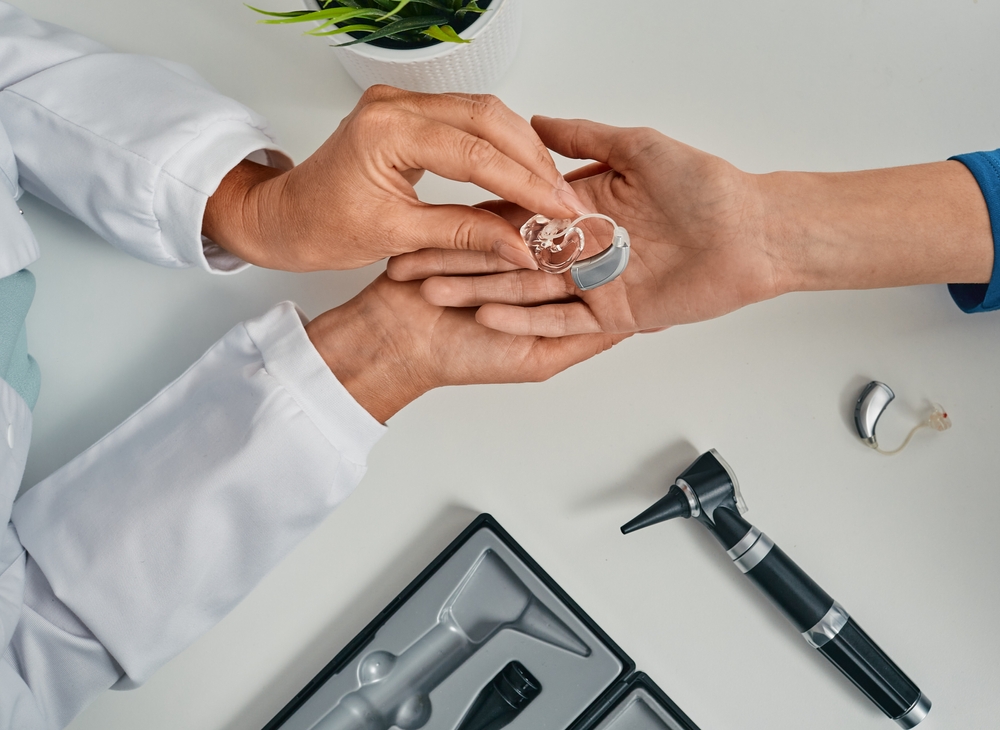
Hearing aids are essential for enhancing daily communication by improving the clarity of sound. For ideal performance, it’s crucial to schedule routine upkeep and periodic professional cleaning sessions. Over time, earwax, moisture, and debris can build up, resulting in decreased performance. Recognizing when it is time to schedule professional maintenance can help prolong the longevity of your hearing aids and ensure they continue to work at their best.
The significance of professional hearing aid cleaning
In spite of regular maintenance at home, hearing aids can slowly accumulate debris that could impact how well they work and the quality of sound they generate. Professional routine maintenance provides several major benefits:
- Extensive Sanitizing– Thoroughly eliminates stubborn earwax, dust, and moisture that routine cleaning methods often miss.
- Enhanced Performance– Removes obstructions that can cause dampened sound or distortion.
- Increased Longevity – Helps to avoid premature degeneration, thereby minimizing the need for repairs or replacements.
Routine professional cleanings keep your hearing aids functioning effectively, minimizing the chance of unforeseen malfunctions.
Indications your hearing aids need professional servicing
If you’re not sure whether it’s time for an expert cleaning, look for these typical warning signs:
- Unclear or Jumbled Audio: If voices and background sounds seem feeble, muffled, or altered, the problem may be caused by obstructions, including earwax or debris, obstructing the device’s microphone or speaker.
- Persistent Whistling or Feedback: A high-pitched screeching sound (feedback) can signify wax buildup or a poor fit. A professional cleaning can help eliminate obstructions and refine the fit.
- Problems with Volume Control: If adjusting the volume doesn’t seem to have the intended effect, internal elements might require repair or software reset.
- Moisture-Related Malfunctions: Too much moisture can damage internal components, resulting in intermittent sound loss or broken buttons. A professional repair professional can assess and resolve any moisture-related issues.
- Noticeable Wax or Dirt Build-up: If you see a significant buildup of wax or debris on your hearing aids, professional cleaning ensures a more thorough removal than at-home care.
- Utilize precision tools to eliminate wax, dirt, and moisture without harming fragile parts.
- Inspect and service components to verify all elements are functioning correctly.
- Check software and hardware for any performance problems impacting sound quality.
- Replace worn-out filters or tubing that might be limiting device performance.
- Every 3 to 6 months for standard maintenance.
- More frequent cleanings are advised for individuals prone to excessive earwax accumulation or those living in humid environments.
- As soon as problems arise, addressing modest issues early can prevent costly repairs.
What to expect in the course of a professional hearing aid cleaning
A complete cleaning service not only keeps your equipment in good working order but also guarantees top performance and effectiveness. During the appointment, specialists will:
What is the suggested time frame for scheduling professional maintenance?
The need for professional cleanings varies depending on factors such as how much earwax is generated, the levels of moisture, and how the device is typically used. Basic suggestions include:
Take care of your hearing aids for optimal performance
Regular professional upkeep is essential for preserving your hearing aids and ensuring clear, high-quality sound.
If distorted sound, echoing, or technical problems are disrupting your experience, it’s likely that a thorough, expert cleaning is in order.
Book an appointment for your hearing aid cleaning and maintenance now.